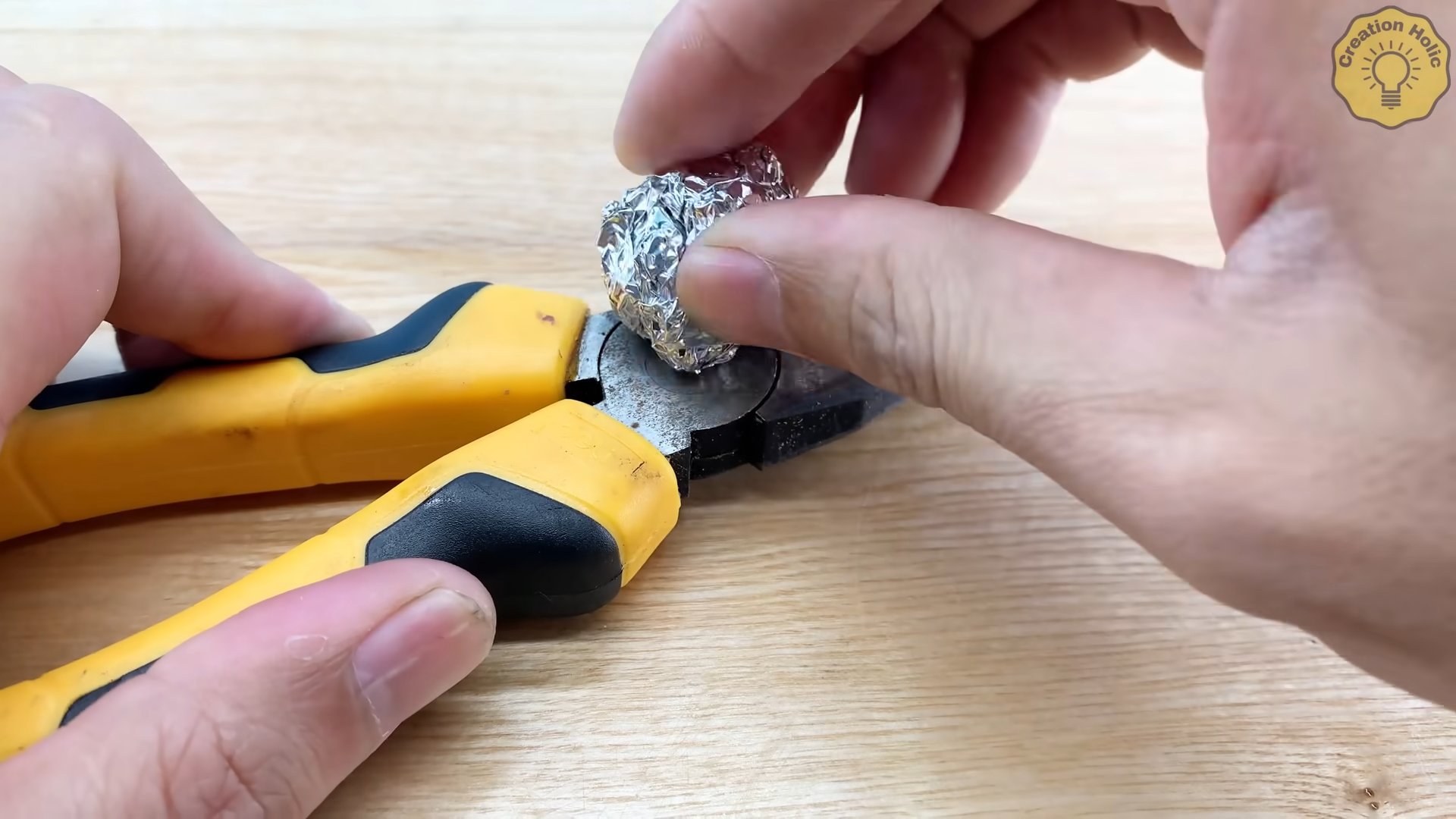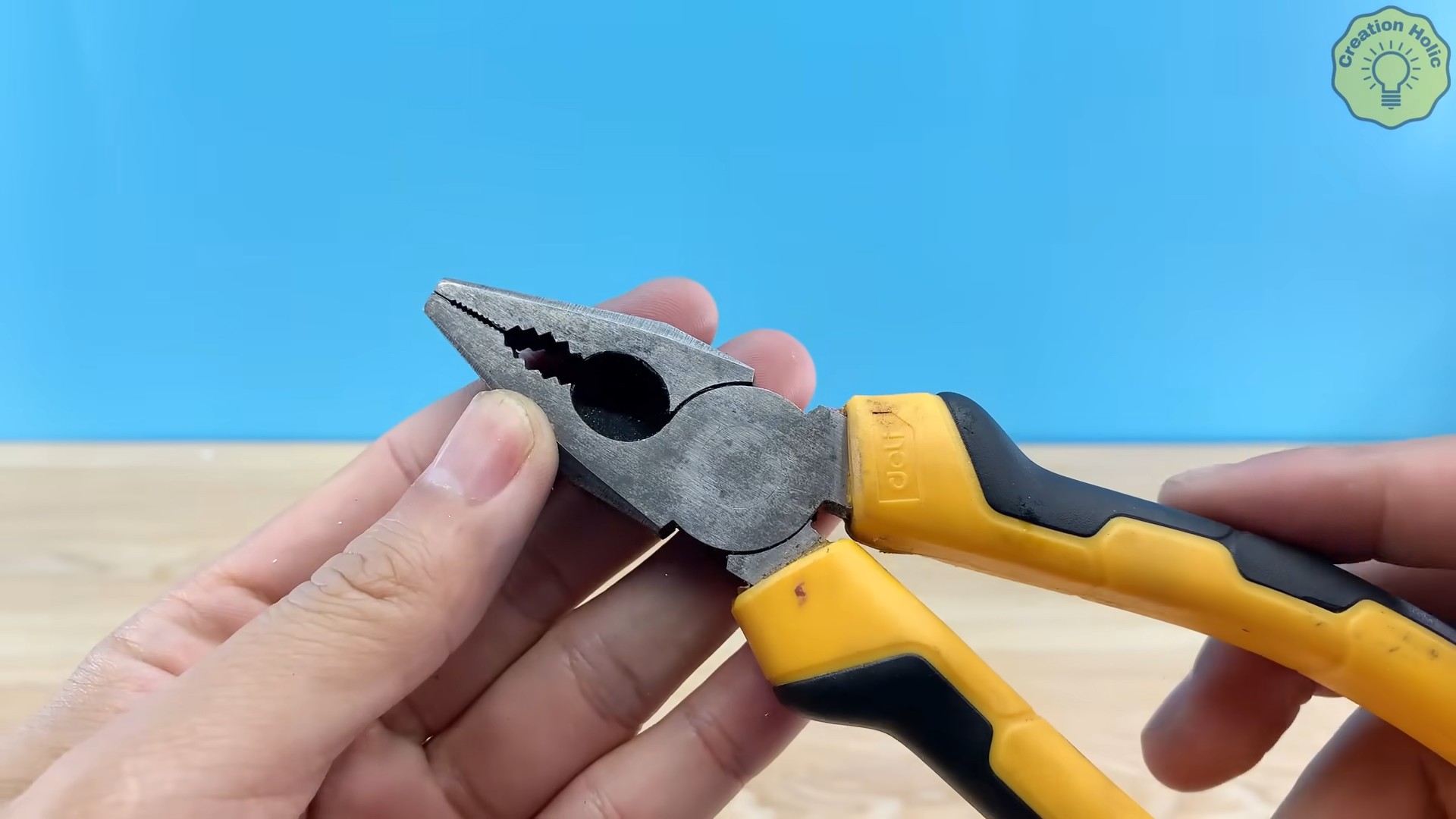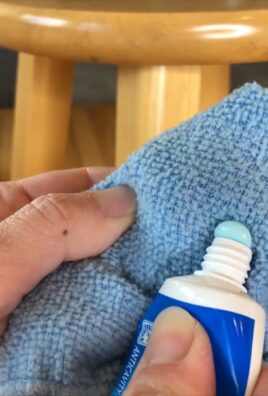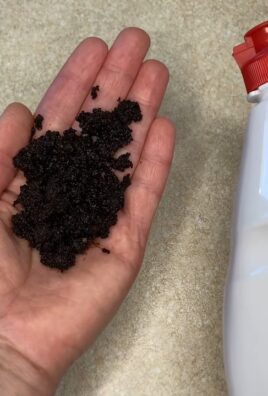Everyday life hacks – we all crave them, don’t we? Those little nuggets of wisdom that make our lives smoother, easier, and just a tad more enjoyable. But what if I told you that some of the most impactful life hacks can be found right in your own backyard, or even on your windowsill? For centuries, people have been finding clever ways to simplify tasks and improve their surroundings, often drawing inspiration from nature itself. Think about it: ancient civilizations used plant-based remedies for healing, and resourceful farmers developed ingenious techniques to maximize their harvests. These aren’t just quaint historical anecdotes; they’re the roots of the DIY spirit that thrives today.
In our fast-paced world, taking a moment to connect with nature and engage in a little DIY gardening can be incredibly therapeutic. Plus, let’s be honest, who wouldn’t want to save some money and reduce their environmental impact by creating their own solutions? That’s where these everyday life hacks for your garden come in. I’m going to share some simple, yet effective, tricks and DIY projects that will transform your gardening experience, whether you’re a seasoned green thumb or just starting out. Get ready to unlock the secrets to a thriving garden, one clever hack at a time!

DIY: Upcycling Old T-Shirts into Reusable Shopping Bags
Hey there, fellow DIY enthusiasts! Are you drowning in old t-shirts that you can’t bear to throw away but never wear? I’ve got the perfect solution: turn them into super-useful, eco-friendly reusable shopping bags! This project is not only a great way to reduce waste but also a fun and creative way to give your old clothes a new life. Plus, you’ll have unique shopping bags that are way cooler than anything you can buy in a store. Let’s get started!
Materials You’ll Need
Before we dive in, gather these supplies:
* An old t-shirt (preferably cotton or a cotton blend – the thicker, the better for durability). Avoid shirts with large holes or excessive wear in the main body.
* Sharp scissors or a rotary cutter.
* A ruler or measuring tape.
* Pins (optional, but helpful).
* Sewing machine (optional, but recommended for a stronger bag).
* Thread that matches your t-shirt (if using a sewing machine).
* Fabric marker or chalk (optional, for marking cutting lines).
* Iron and ironing board (optional, for pressing seams).
Choosing Your T-Shirt
The key to a successful t-shirt bag is choosing the right shirt. Here’s what to consider:
* Fabric: Cotton or cotton blends are ideal because they’re durable and easy to sew. Avoid very thin or stretchy fabrics, as they won’t hold up well to carrying groceries.
* Size: A larger t-shirt will naturally result in a larger bag. Consider the size of the items you typically carry when choosing your shirt.
* Design: Think about the design on the shirt. Do you want it to be the focal point of your bag? Or would you prefer a more subtle look? Keep in mind that the design will be upside down when the bag is hanging.
* Condition: Check for any major flaws, like large holes or stains. Small imperfections can be worked around, but significant damage might make the shirt unsuitable for this project.
Step-by-Step Instructions
Okay, let’s get down to business! Here’s how to transform your old t-shirt into a reusable shopping bag:
1. Prepare Your T-Shirt: Lay your t-shirt flat on a clean surface. Smooth out any wrinkles. If you want, give it a quick iron to make it easier to work with.
2. Cut Off the Sleeves: Using your scissors, carefully cut off both sleeves. Follow the seam line as closely as possible for a clean edge. You can cut slightly inside the seam if you want to remove the seam altogether.
3. Widen the Neckline (Optional): If you want a wider opening for your bag, you can enlarge the neckline. Cut a wider U-shape, being careful not to cut too low. Remember, you can always cut more later, but you can’t put it back!
4. Cut Off the Hem: Cut off the bottom hem of the t-shirt. This will create the opening of your bag.
5. Create the Bottom of the Bag: This is where the magic happens! You’ll be creating a sealed bottom for your bag. There are two main methods: sewing and tying. I highly recommend sewing for a stronger, more durable bag.
* Sewing Method: Turn the t-shirt inside out. Pin the bottom edge together, making sure the edges are aligned. Using your sewing machine, sew a straight line across the bottom edge, about 1/2 inch from the edge. Backstitch at the beginning and end to secure the seam. For extra strength, you can sew a second line of stitching parallel to the first. Turn the bag right side out.
* Tying Method (No-Sew): This method is great if you don’t have a sewing machine, but it’s not as strong. Cut fringes along the bottom edge of the t-shirt, about 3-4 inches long and 1 inch apart. Tie the front and back fringes together in a knot. Then, tie each pair of knots together to create a second row of knots. This will seal the bottom of the bag. Be sure to tie the knots tightly!
6. Reinforce the Handles (Optional but Recommended): The handles of your bag (where the sleeves used to be) are the most likely to tear, especially if you’re carrying heavy items. Reinforcing them will significantly increase the bag’s lifespan.
* Sewing Method: Fold the raw edges of the armholes inward, about 1/2 inch. Pin in place. Sew along the folded edge to create a clean, reinforced hem. Repeat for both armholes. You can also sew a box stitch around the base of the handle for extra reinforcement.
* No-Sew Method: Use fabric glue to secure the folded edges of the armholes. Let the glue dry completely before using the bag. This method is less durable than sewing, but it’s a good option if you don’t have a sewing machine.
7. Finishing Touches: Turn your bag right side out. Inspect your seams and knots to make sure everything is secure. Trim any loose threads.
Adding Personal Touches
Now that you have a basic t-shirt bag, you can customize it to your heart’s content! Here are a few ideas:
* Fabric Paint: Add designs, patterns, or quotes using fabric paint.
* Appliqués: Sew on patches, buttons, or other embellishments.
* Embroidery: Embroider your initials or a simple design onto the bag.
* Stencils: Use stencils to create intricate patterns with fabric paint or markers.
* Tie-Dye: Give your bag a groovy, tie-dyed look.
Tips for Success
* Choose the Right T-Shirt: As mentioned earlier, the fabric and size of your t-shirt are crucial.
* Use Sharp Scissors: Dull scissors will make it difficult to cut clean lines.
* Take Your Time: Don’t rush the process. Take your time to ensure accurate cuts and secure seams.
* Reinforce the Handles: This is especially important if you plan to carry heavy items.
* Wash Your Bag Carefully: Hand-wash your bag or wash it on a gentle cycle in cold water. Avoid putting it in the dryer, as this can shrink the fabric.
* Practice Makes Perfect: Don’t be discouraged if your first bag isn’t perfect. The more you make, the better you’ll get!
Troubleshooting
* Seams are coming undone: If you sewed your bag, reinforce the seams with a second line of stitching. If you tied your bag, tighten the knots.
* Handles are tearing: Reinforce the handles as described above.
* Bag is too small: Use a larger t-shirt next time.
* Bag is too big: Use a smaller t-shirt next time.
Alternative Uses for Your T-Shirt Bags
These t-shirt bags aren’t just for groceries! Here are a few other ways you can use them:
* Library Bag: Carry books to and from the library.
* Gym Bag: Pack your workout clothes and shoes.
* Beach Bag: Tote your towel, sunscreen, and snacks to the beach.
* Toy Storage: Organize toys in a playroom or bedroom.
* Gift Bag: Use it as a reusable gift bag for birthdays or holidays.
Why This Hack is Awesome
I absolutely love this DIY project because it’s:
* Eco-Friendly: It reduces waste by upcycling old t-shirts.
* Cost-Effective: It saves you money on disposable plastic bags.
* Creative: It allows you to express your personal style.
* Easy: It’s a simple project that anyone can do, even beginners.
* Useful: It provides you with a practical and reusable shopping bag.
So, what are you waiting for? Grab those old t-shirts and get crafting! You’ll be amazed at how easy it is to create your own unique and eco-friendly shopping bags. Happy DIY-ing!

Conclusion
So, there you have it! This simple yet incredibly effective DIY trick is more than just a clever shortcut; it’s a game-changer for anyone looking to streamline their everyday life. We’ve shown you how to take a common household problem and solve it with readily available materials and minimal effort. The beauty of this particular everyday life hack lies in its versatility and adaptability. It’s not a one-size-fits-all solution, but rather a foundation upon which you can build and customize to perfectly suit your individual needs and preferences.
Think about the possibilities! Perhaps you want to add a touch of personalization to your creation. Consider using patterned duct tape for a pop of color, or maybe even incorporating small embellishments like beads or buttons. For those seeking a more eco-friendly approach, explore using recycled materials whenever possible. Old cardboard boxes, fabric scraps, or even repurposed plastic containers can all be given a new lease on life with a little creativity.
The key takeaway here is that this DIY trick empowers you to take control and find solutions to everyday challenges without breaking the bank or relying on expensive store-bought alternatives. It’s about resourcefulness, ingenuity, and a willingness to experiment. It’s about making your life easier, more efficient, and ultimately, more enjoyable.
Why is this DIY trick a must-try? Because it’s simple, cost-effective, and incredibly versatile. It addresses a common problem with a readily available solution, saving you time, money, and frustration. It’s a small change that can make a big difference in your daily routine.
Variations and Suggestions: Don’t be afraid to experiment! Try different materials, sizes, and configurations to find what works best for you. Consider the specific needs of your situation and tailor the DIY trick accordingly. The possibilities are truly endless.
We are confident that once you try this DIY trick, you’ll wonder how you ever lived without it. It’s a simple yet powerful tool that can help you conquer everyday challenges with ease and efficiency.
Now, it’s your turn! We encourage you to give this DIY trick a try and see for yourself the positive impact it can have on your life. Don’t be afraid to get creative and personalize it to your liking. And most importantly, we want to hear about your experience! Share your tips, tricks, and variations in the comments below. Let’s build a community of resourceful individuals who are passionate about making everyday life a little bit easier, one DIY project at a time. We are eager to see how you adapt this everyday life hack to fit your unique needs and circumstances. Your insights and experiences will undoubtedly inspire others to embrace the power of DIY and discover the joy of creating their own solutions. So, go ahead, give it a try, and let us know what you think!
FAQ
What materials do I need for this DIY trick?
The specific materials will depend on the exact DIY trick you’re attempting. However, in general, most everyday life hacks utilize common household items such as:
* Duct tape
* Scissors
* Cardboard
* Rubber bands
* Plastic bottles
* Paper clips
* String or twine
* Glue
Always check the specific instructions for the DIY trick you’re interested in to ensure you have all the necessary materials on hand.
Is this DIY trick difficult to make?
No, most everyday life hacks are designed to be simple and easy to create, even for beginners. They typically involve minimal steps and require no specialized skills or tools. The goal is to provide quick and effective solutions to common problems, so complexity is avoided. If you are unsure, watch a video tutorial before starting.
How long will it take to complete this DIY trick?
The time required to complete a DIY trick will vary depending on its complexity and your own skill level. However, most everyday life hacks can be completed in a matter of minutes, often less than 30 minutes. This is part of their appeal – they offer a fast and convenient way to address everyday challenges.
Can I customize this DIY trick to suit my needs?
Absolutely! One of the best things about DIY tricks is their adaptability. You can easily modify the materials, size, and design to perfectly suit your individual needs and preferences. Don’t be afraid to experiment and get creative! Consider the specific problem you’re trying to solve and tailor the DIY trick accordingly.
Is this DIY trick environmentally friendly?
Many everyday life hacks can be made more environmentally friendly by using recycled or repurposed materials. Instead of buying new supplies, look for items you already have around the house that can be given a new lease on life. This not only reduces waste but also saves you money.
Where can I find more everyday life hacks?
There are countless resources available online for finding everyday life hacks. Websites, blogs, and social media platforms like Pinterest and YouTube are filled with ideas and tutorials. You can also find books and magazines dedicated to DIY projects and life hacks.
What if I don’t have all the materials listed?
Don’t worry if you don’t have every single item on the materials list. Get creative and see if you can find suitable substitutes. For example, if you don’t have duct tape, you might be able to use packing tape or electrical tape instead. The key is to be resourceful and think outside the box.
Is this DIY trick safe to use?
As with any DIY project, it’s important to exercise caution and follow safety guidelines. Be mindful of sharp objects, hot glue guns, and other potentially hazardous materials. If you’re working with children, make sure to supervise them closely. Always prioritize safety when creating and using DIY tricks.
Can I use this DIY trick for commercial purposes?
That depends on the specific DIY trick and any associated copyright or trademark restrictions. If you’re planning to use a DIY trick for commercial purposes, it’s important to do your research and ensure that you’re not infringing on anyone’s intellectual property rights.
What if my DIY trick doesn’t turn out as expected?
Don’t be discouraged if your first attempt isn’t perfect. DIY projects often require some trial and error. Learn from your mistakes and try again. The more you practice, the better you’ll become at creating and adapting everyday life hacks. Remember, the goal is to find solutions that work for you, so don’t be afraid to experiment and make adjustments along the way.




Leave a Comment